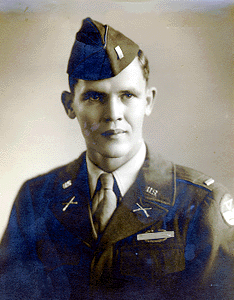Elmore, Charles Eugene
Army Sergeant 1st class
Charles Eugene Elmore, age 24, from Prescott, Arkansas, Ouachita county.
Parents: Florence N. Johnson
Service era: Korea
Date of death: Wednesday, November 29, 1950
Death details: On November 29, 1950, men from Company G of the U.S. 1st Marine Regiment, MP Company and Tank Company, 1st Marine Division, Company B and elements of Company D of the 31st Infantry Regiment, Headquarters Company of the X Corps, and Royal Marines from Number 41 Independent Commando Battalion were sent north from Koto-ri to open the main supply route to Hagaru-ri and resupply and reinforce Allied troops that had been surrounded near the Chosin Reservoir. The group, known as Task Force Drysdale, set out with tanks and other vehicles in the lead and rear, and initially only met light resistance from Chinese Communist Forces (CCF). As attacks increased in ferocity, the group became fragmented as the CCF managed to establish road blocks that further split the task force. Soon, the CCF blew a bridge and halted the convoy altogether. The Royal Marines and most of Company G were north of the bridge at this time and were able to continue to Hagaru-ri. Near the south end of the convoy, a destroyed truck blocked the road. The tanks and troops south of the destroyed truck fought as long as possible before ultimately returning to Koto-ri on November 30. The men between the blown bridge and the destroyed truck, however, were trapped, and subjected to several mortar barrages before CCF moved into hand-to-hand combat range. Fighting raged there until the morning of November 30, when the survivors were forced to surrender. Over 300 troops were wounded, captured, or died during the action. Master Sergeant Charles Eugene Elmore, who joined the U.S. Army from Arkansas, served with B Company, 1st Battalion, 31st Infantry Regiment, 7th Infantry Division. He was killed in action north of Koto-ri on November 30, 1950. Chaotic conditions on the battlefield prevented the immediate recovered of his remains, and U.S. military forces evacuated the region shortly thereafter, never to return. Master Sergeant Elmore’s remains were not identified among those returned to U.S. custody after the ceasefire, and he is still unaccounted-for. Today, Master Sergeant Elmore is memorialized on the Courts of the Missing at the National Memorial Cemetery of the Pacific.
Source: National Archives, Defense POW/MIA Accounting Agency, Memphis Commercial Appeal (1951)
